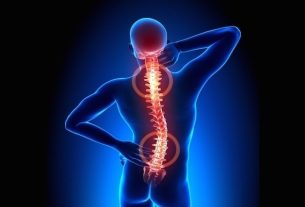Hyperhidrosis consists of excessive sweating in one or several parts of the body, with hereditary, emotional or hormonal causes.
Wet hands, dripping back or soaked armpits. This may seem common to someone who has just finished exercising or is in a very hot environment, but for some, it can happen all the time at any time of the day, in any weather or temperature. We are talking about hyperhidrosis, a disease that affects around 3% of the population and can cause embarrassment, anguish and social distress.
In fact, everyone is subject to sweating, but it happens that, in people with hyperhidrosis, this sweating is excessive and occurs for different reasons, such as emotional, hereditary factors or illnesses. It can appear on different parts of the body, but it is most common on the hands, back, armpits, feet and face. However, some people with the disease can feel the effects throughout their body.
This extreme sweating can cause a disorder in the person, affecting their psychology and self-esteem. In this way, the disease can even disrupt social life, and the lack of information generates prejudice among the population, which further worsens the patient’s emotional state.
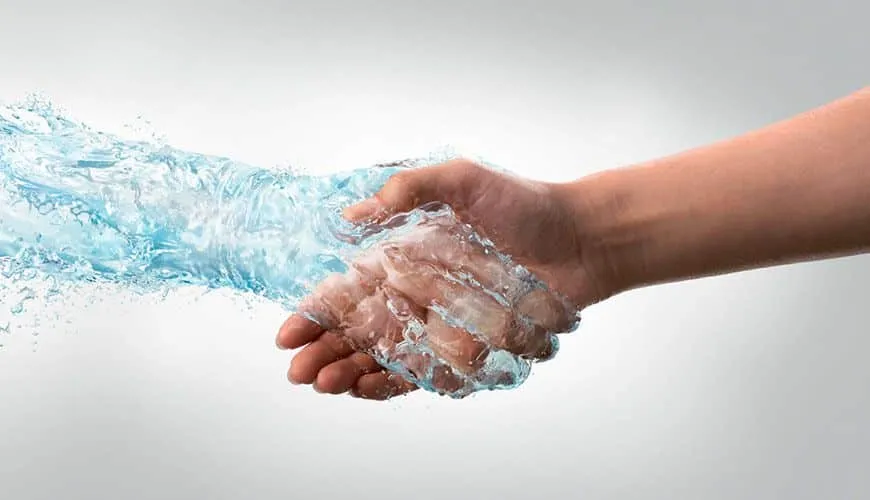
It is necessary to understand what this disease is so that there is no misinformation, but also to know its symptoms, causes and treatments, in case you have it and don’t know. So, shall we learn a little more?
What is Hyperhidrosis?
Hyperhidrosis is a disease that manifests itself through excessive sweating on the body, most often occurring on the hands, feet, armpits and face. It is a disease that can accompany embarrassment and can even interfere with simple day-to-day activities, in addition to harming patients’ quality of life. It happens because patients’ sweat glands are hyperfunctional.

This disease affects around 3% of the population, whether in a more severe or milder form. Therefore, it tends to be more common in adolescents and young adults, and there is a hereditary incidence in approximately 12.5% to 56.5% of cases.
In this sense, there is no prevalence of one biological sex over another, since both sexes have the same chances of having the disease. However, women tend to seek a diagnosis more frequently.
Hyperhidrosis does not have a specific time to appear: it occurs in all seasons of the year, including winter, but it worsens in situations of stress, anxiety, fear and nervousness, in most cases.
There are two types of hyperhidrosis: primary (or focal) and secondary.
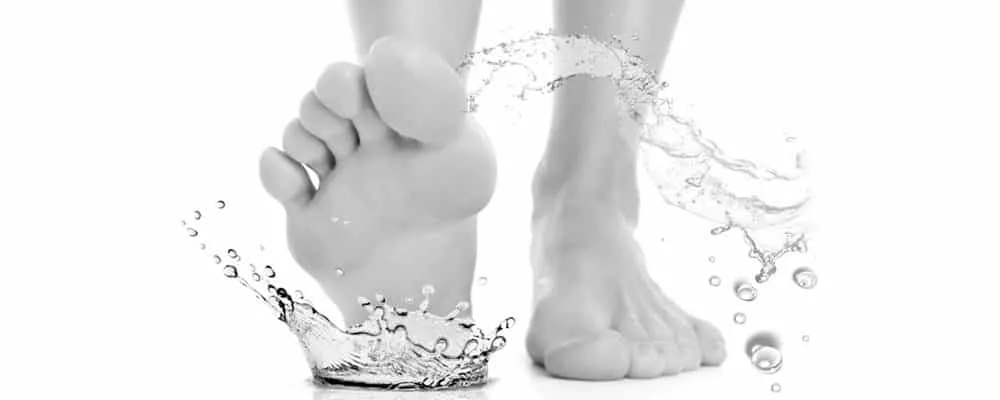
1. Primary Hyperhidrosis
In short, this hyperhidrosis condition is characterized by the appearance of excessive sweating on the hands, feet and armpits. In most cases, an actual cause is not found, which leads doctors to believe in studies that indicate that it is a hereditary disease.
2. Secondary Hyperhidrosis
On the other hand, unlike primary hyperhidrosis, secondary hyperhidrosis occurs punctually, throughout the body, in unusual areas or even during sleep. Above all, this condition is no longer hereditary, it can be developed in your body due to hormonal disorders, neurological diseases and side effects of medications.
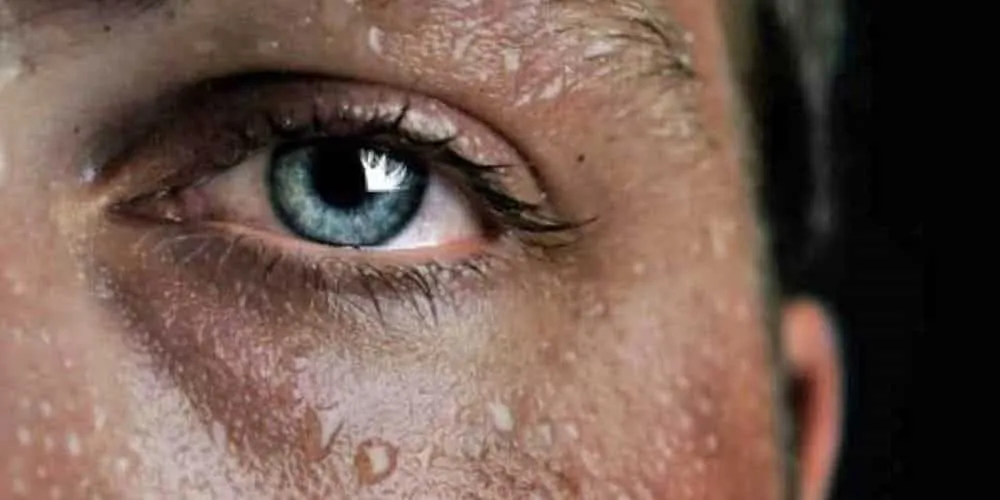
Symptoms of Hyperhidrosis
Sweating accompanied by some other manifestations in the body can be symptoms of hyperhidrosis, including:
- Prolonged, excessive and unexplained sweating
- Bilateral and relatively symmetrical sweat
- With or followed by chest pain or pressure
- Accompanied by weight loss
- Sweating during sleep or lack thereof during sleep, usually in primary hyperhidrosis
- Sweating with shortness of breath or tachycardia
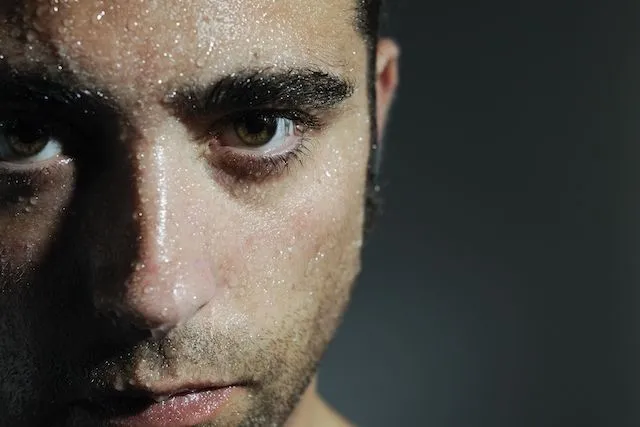
Diagnosis of Hyperhidrosis
Firstly, the ideal way to make a diagnosis is to seek out a professional in the field. Therefore, he can pass some tests to prove it, such as the starch-iodine test, among others. This way, he will be able to indicate the best treatment for your problem.
The most important thing is that when seeking medical help, several professionals can give you a diagnosis, including:
- General practitioner
- Dermatology
- Gynecology
- Pneumology
- Infectology
- Neurology
- Oncology
- Urology
- Endocrinology
- Psychiatry
- Psychology
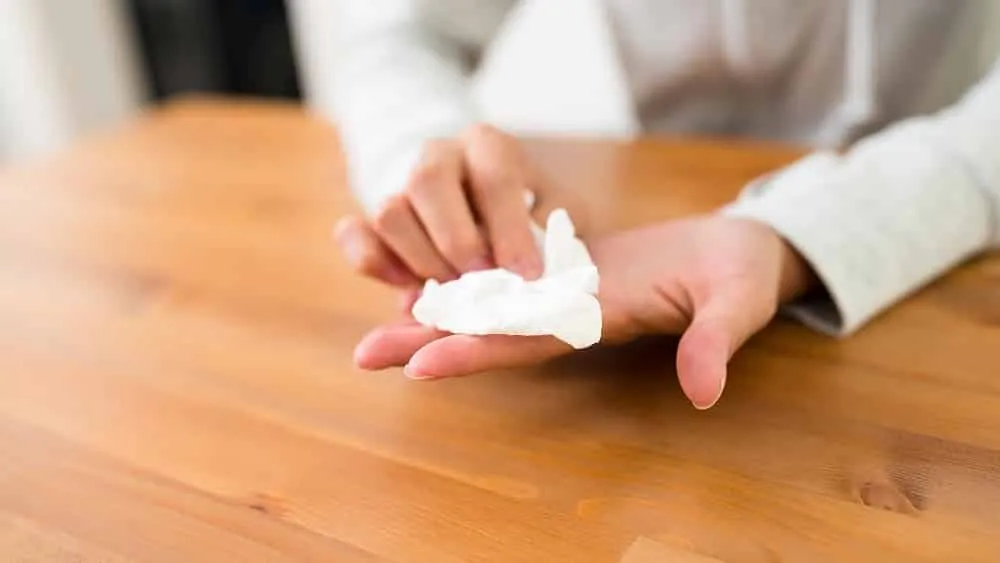
Hyperhidrosis Treatments
1. Medicines
There are several oral medications that prevent the stimulation of sweat glands, responsible for hyperhidrosis, but these are not always prescribed by doctors, as they have side effects, such as decreased urine and tears.
2. Antitranspirantes
Better known as deodorants, these products help reduce the production of sweat and odor in the body. Due to the aluminum salts present in these products, a film is created in the form of a drying gel, leaving a protective layer on the skin. Therefore, they are perfect for controlling sweat during the day.
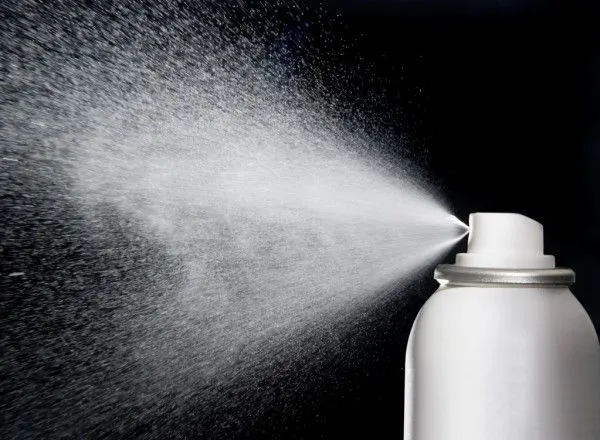
3. Botulinum toxin
This is a type of injection applied to a specific location where hyperhidrosis is manifested, with the aim of blocking the disease. As a result, its effects begin about fifteen days after application and can last eight to ten months.
4. Laser
In short, the laser technique is used to reduce the size of the gland, thereby reducing hyperhidrosis.
5. Iontophoresis
Iontophoresis is a treatment that uses electric shocks to temporarily deactivate the sweat gland, however, it is not widely used nowadays.
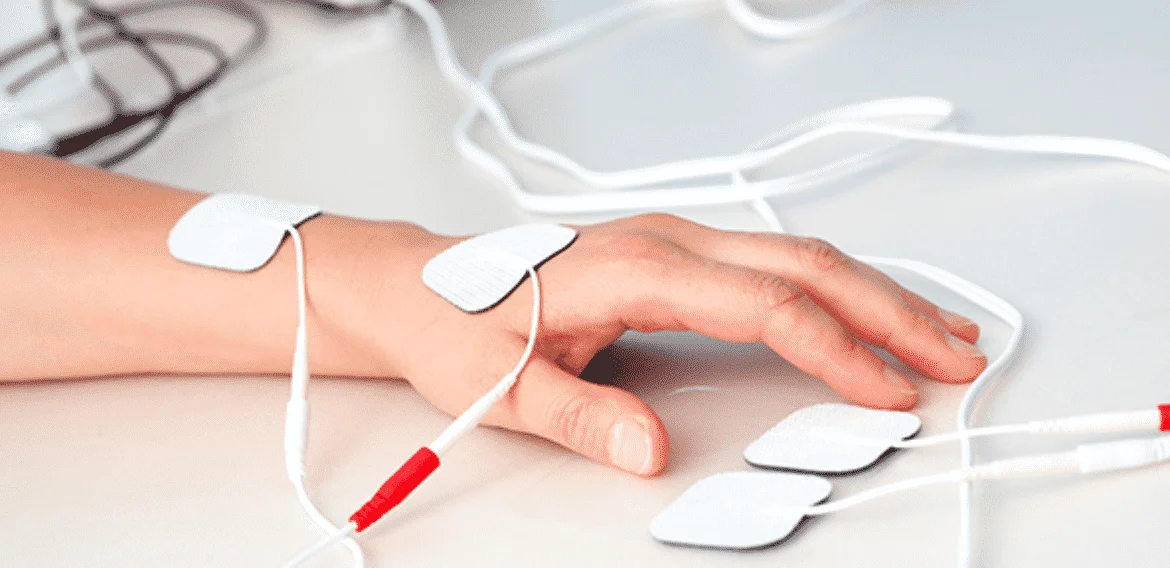
6. Curettage and liposuction
In short, this procedure is based on scraping or liposuction of the sweat glands and fat beneath the armpit skin.
7. Simpatectomia
Sympathectomy is surgery on the nerve that transmits the stimulus to the sweat gland. This procedure is only performed in more severe cases of hyperhidrosis that have not responded to other treatments. However, strong side effects may occur, such as compensatory hyperhidrosis, which causes more sweating in other areas of the body.
8. Psychotherapy
Carried out by a psychoanalyst, this type of therapy aims to treat the emotional state that is weakened due to the embarrassment and self-esteem that hyperhidrosis causes.

So, now that you know what hyperhidrosis is, read also: Dermatitis – What it is, symptoms, types of the disease and how to treat it.
Sources: SBD, Medicina Net, Minha Vida and Saúde Abril.
Images: ABM Magazine, Hypeness, Mandel Dermatologia, Jornal Ciência, Tua Saúde, Drauzio Varella, Deposit Photos, Blog Cognitivo and Inter Fisio.
Featured image: Medium

Sign up for our newsletter and stay up to date with exclusive news
that can transform your routine!
Warning: Undefined array key "title" in /home/storelat/public_html/wp-content/plugins/link-whisper-premium/templates/frontend/related-posts.php on line 12
Warning: Undefined array key "title_tag" in /home/storelat/public_html/wp-content/plugins/link-whisper-premium/templates/frontend/related-posts.php on line 13




